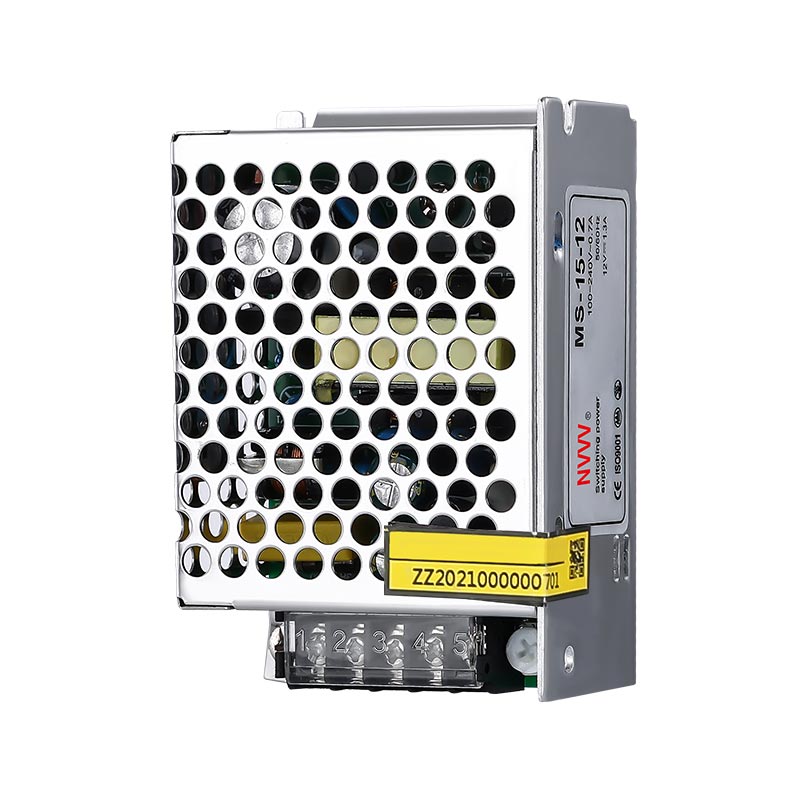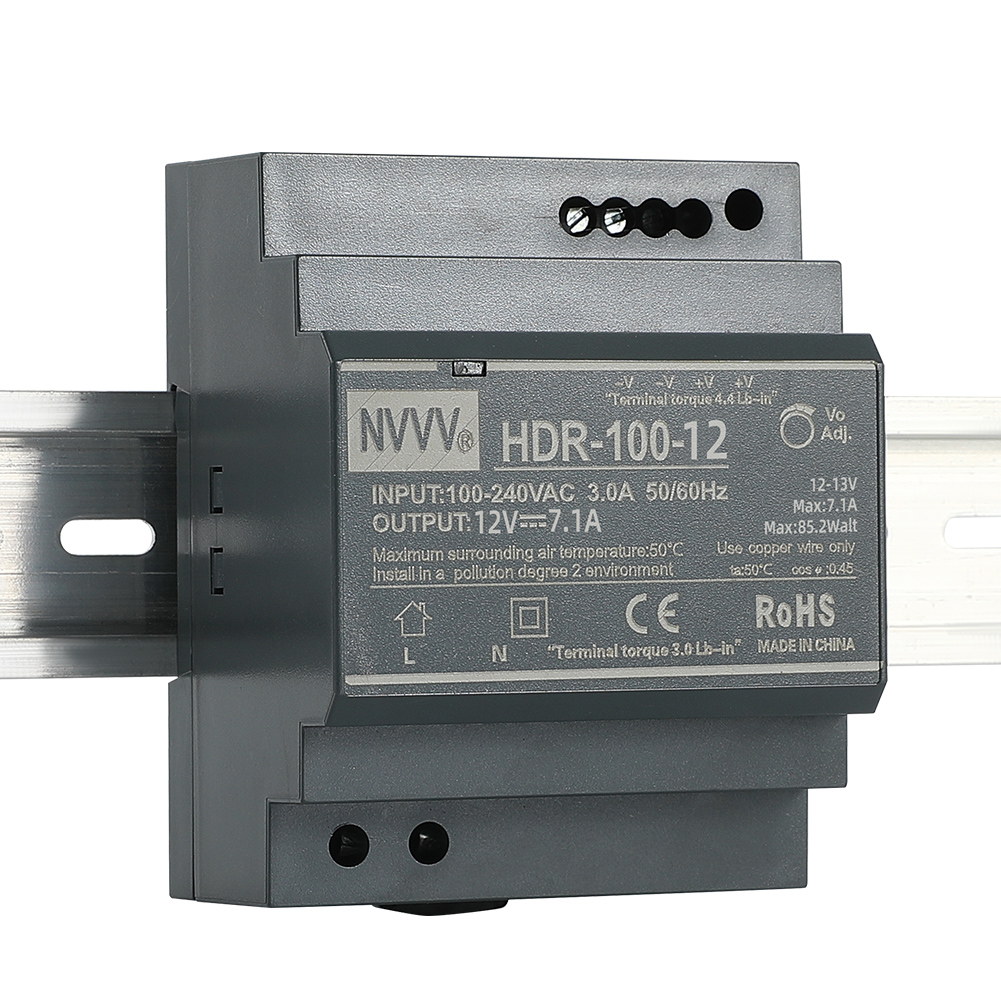What is Power Supply in Automation?
What is Power Supply in Automation?
Introduction to Power Supply in Automation
In the domain of automation, power supplies are indispensable components that ensure the seamless operation of various devices and systems. Automation relies on precise and reliable control of electrical power to drive machinery, sensors, actuators, and control systems. A power supply converts electrical energy from a source into the correct voltage, current, and frequency needed by the equipment it powers. Without a stable power supply, automation systems would be prone to failures, inefficiencies, and potential safety hazards.
Types of Power Supplies in Automation
There are several types of power supplies used in automation, each suited to different applications and requirements:
-
Linear Power Supplies: These are traditional power supplies that provide a stable output voltage by using a transformer to step down the voltage, followed by rectification and regulation. They are known for their simplicity and reliability but are less efficient and bulkier compared to modern alternatives.
-
Switch Mode Power Supplies (SMPS): SMPS are more advanced and efficient than linear power supplies. They use high-frequency switching to convert electrical energy, resulting in a compact size, higher efficiency, and better performance under varying load conditions.
-
Uninterruptible Power Supplies (UPS): UPS systems provide backup power in case of a mains power failure. They are crucial in automation to prevent system downtime and data loss, ensuring continuous operation even during power interruptions.
-
DC-DC Converters: These devices convert a source of direct current (DC) from one voltage level to another. They are commonly used in automation systems that require different voltage levels for various components.
-
AC-DC Converters: These converters transform alternating current (AC) from the mains supply into DC, which is then used to power DC-operated automation equipment.
The Role of Power Supply in Automation Systems
Power supplies in automation are not merely about delivering power; they play a vital role in ensuring the reliability and efficiency of the entire system. Key functions include:
-
Voltage Regulation: Maintaining a consistent voltage level is crucial for the proper functioning of automation components. Fluctuations in voltage can lead to equipment malfunctions or damage.
-
Power Quality: Good power supplies provide clean and stable power, free from noise and transients, which can interfere with the sensitive electronics in automation systems.
-
Efficiency: High-efficiency power supplies reduce energy consumption and heat generation, contributing to cost savings and longer equipment lifespan.
-
Protection: Advanced power supplies include protection features such as over-voltage, over-current, short-circuit, and thermal protection to safeguard the automation equipment from electrical faults.
Why Do We Use SMPS in PLC?
Introduction to SMPS in Automation
Switch Mode Power Supplies (SMPS) have become the preferred choice in many automation applications, including Programmable Logic Controllers (PLCs). PLCs are the backbone of industrial automation, responsible for controlling and monitoring various processes. The integration of SMPS in PLCs brings numerous benefits that enhance the performance and reliability of automation systems.
Advantages of SMPS over Linear Power Supplies
-
High Efficiency: SMPS operate at high efficiency levels, typically above 80-90%, compared to 50-60% for linear power supplies. This high efficiency means less energy is wasted as heat, leading to lower operating costs and reduced cooling requirements.
-
Compact Size and Lightweight: The high-frequency operation of SMPS allows for the use of smaller components, resulting in a compact and lightweight design. This is particularly advantageous in industrial settings where space is at a premium.
-
Better Heat Management: Due to their high efficiency, SMPS generate less heat compared to linear power supplies. This reduces the need for extensive cooling systems, which can be costly and require additional maintenance.
-
Wide Input Voltage Range: SMPS can handle a wide range of input voltages, making them suitable for use in different geographical locations with varying power standards. This flexibility ensures consistent performance regardless of input voltage fluctuations.
-
Improved Voltage Regulation: SMPS provide precise voltage regulation, ensuring that the PLC receives a stable and consistent voltage. This is crucial for the reliable operation of sensitive electronic components within the PLC.
-
Lower Electromagnetic Interference (EMI): Modern SMPS are designed to minimize EMI, which can interfere with other electronic equipment. This is particularly important in industrial environments where multiple electronic systems operate in close proximity.
SMPS and PLC Integration
The integration of SMPS in PLC systems brings specific advantages that are crucial for the demanding environments in which PLCs operate:
-
Reliability and Stability: SMPS provide stable power to the PLC, ensuring reliable operation even under varying load conditions. This stability is critical for maintaining continuous industrial processes.
-
Energy Savings: The high efficiency of SMPS translates to significant energy savings, which is an important factor for industries looking to reduce their energy consumption and operational costs.
-
Compact and Flexible Design: The compact design of SMPS allows for more flexible installation options. This is especially beneficial in industrial settings where space constraints are common.
-
Enhanced Protection: SMPS offer built-in protection features such as over-voltage, over-current, and short-circuit protection. These features protect the PLC and connected equipment from electrical faults, enhancing the overall safety and reliability of the automation system.
How to Connect PLC with Power Supply?
Understanding PLC Power Requirements
Before connecting a PLC to a power supply, it is essential to understand the power requirements of the PLC. This includes the voltage and current specifications, which can be found in the PLC's documentation or datasheet. Ensuring that the power supply matches these specifications is crucial for the proper operation of the PLC.
Selecting the Appropriate Power Supply
Choosing the right power supply involves considering several factors:
-
Voltage and Current Ratings: The power supply must provide the correct voltage and sufficient current to meet the PLC's requirements. Overloading the power supply can lead to instability and potential damage to the PLC.
-
Power Capacity: Ensure the power supply has adequate capacity to handle the PLC and any additional loads. It is advisable to select a power supply with a slightly higher capacity than the calculated load to allow for future expansions.
-
Quality and Reliability: Invest in a high-quality power supply from a reputable manufacturer. Reliability is crucial in automation systems to prevent downtime and ensure continuous operation.
-
Environmental Considerations: Consider the operating environment of the power supply. Factors such as temperature, humidity, and exposure to dust or chemicals can impact the performance and lifespan of the power supply.
Step-by-Step Guide to Connecting PLC with Power Supply
-
Preparation: Gather all necessary tools and materials, including wires, connectors, and a multimeter for testing. Ensure the power supply is turned off and disconnected from the mains power.
-
Wiring: Use appropriate gauge wires for the connections. The wire size should be based on the current rating to ensure safe and efficient power transfer. Insulate the wires to prevent short circuits and electrical hazards.
-
Connecting the Power Supply:
- Positive Connection: Connect the positive output terminal of the power supply to the positive power input terminal of the PLC. Use secure connectors to ensure a stable connection.
- Negative Connection: Connect the negative output terminal of the power supply to the negative power input terminal of the PLC. Ensure the connection is tight and secure.
- Ground Connection: If the PLC and power supply have ground terminals, connect them to establish proper grounding. This is important for safety and to prevent electrical noise.
-
Double-Check Connections: Verify all connections are secure and correctly placed according to the wiring diagram provided by the PLC manufacturer. Double-checking helps prevent mistakes that could lead to malfunctions or damage.
-
Power On: After ensuring all connections are correct, power on the SMPS. Observe the PLC to ensure it receives power and starts up correctly. Look for any indicators or display messages that confirm proper operation.
-
Testing and Verification: Conduct initial testing to confirm the PLC operates as expected with the connected power supply. Use a multimeter to measure the output voltage and current, ensuring they match the specifications. Check for any abnormalities or issues, such as unusual noises or overheating.
Troubleshooting Common Issues
Despite careful preparation, issues may arise when connecting a PLC to a power supply. Here are some common problems and their solutions:
-
No Power to PLC: If the PLC does not power on, check all connections and ensure the power supply is turned on. Verify the output voltage of the power supply using a multimeter. If the voltage is correct, inspect the PLC for any internal issues.
-
Voltage Fluctuations: If the voltage output fluctuates, it may indicate an issue with the power supply or connections. Ensure all connections are secure and free from corrosion. If the problem persists, consider replacing the power supply with a higher-quality unit.
-
Overheating: Overheating can be caused by insufficient ventilation or an overloaded power supply. Ensure the power supply has adequate airflow and is not operating beyond its rated capacity. If necessary, add cooling fans or relocate the power supply to a cooler environment.
-
Interference and Noise: Electrical noise can interfere with the PLC's operation. Ensure proper grounding and use shielded cables if necessary. Minimize the length of power cables and keep them away from sources of electromagnetic interference.
Conclusion
Connecting a PLC to power supply is a critical task that requires careful consideration of the power requirements, proper selection of the power supply, and secure connections. By following the steps outlined above and addressing common issues, you can ensure a reliable and efficient power supply for your PLC, contributing to the overall success and stability of your automation system.
Proper power supply management is essential in automation, as it directly impacts the performance, reliability, and safety of the entire system. By understanding the importance of power supplies and leveraging the advantages of SMPS, you can optimize your automation processes and achieve greater efficiency and productivity.









